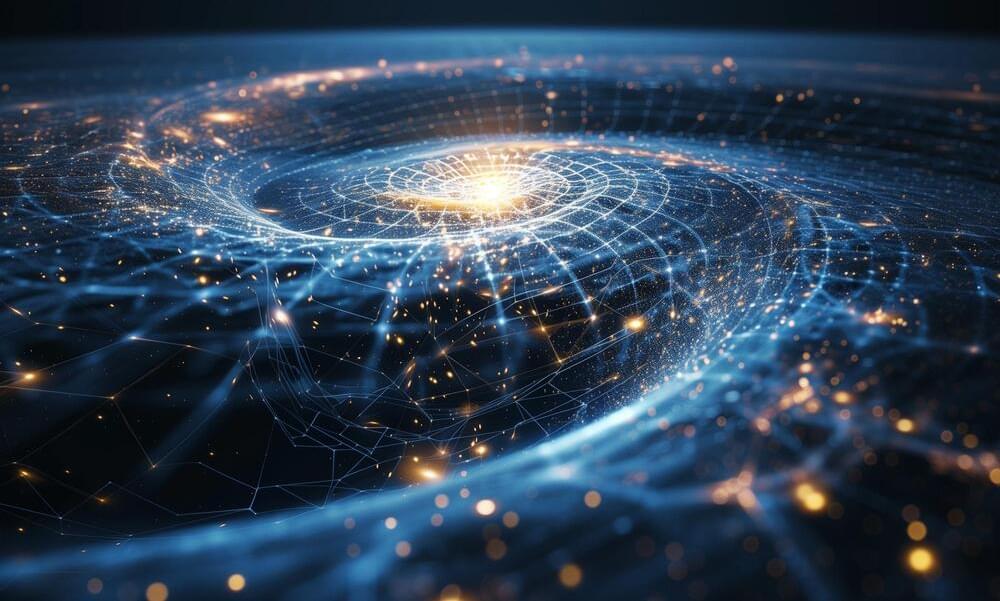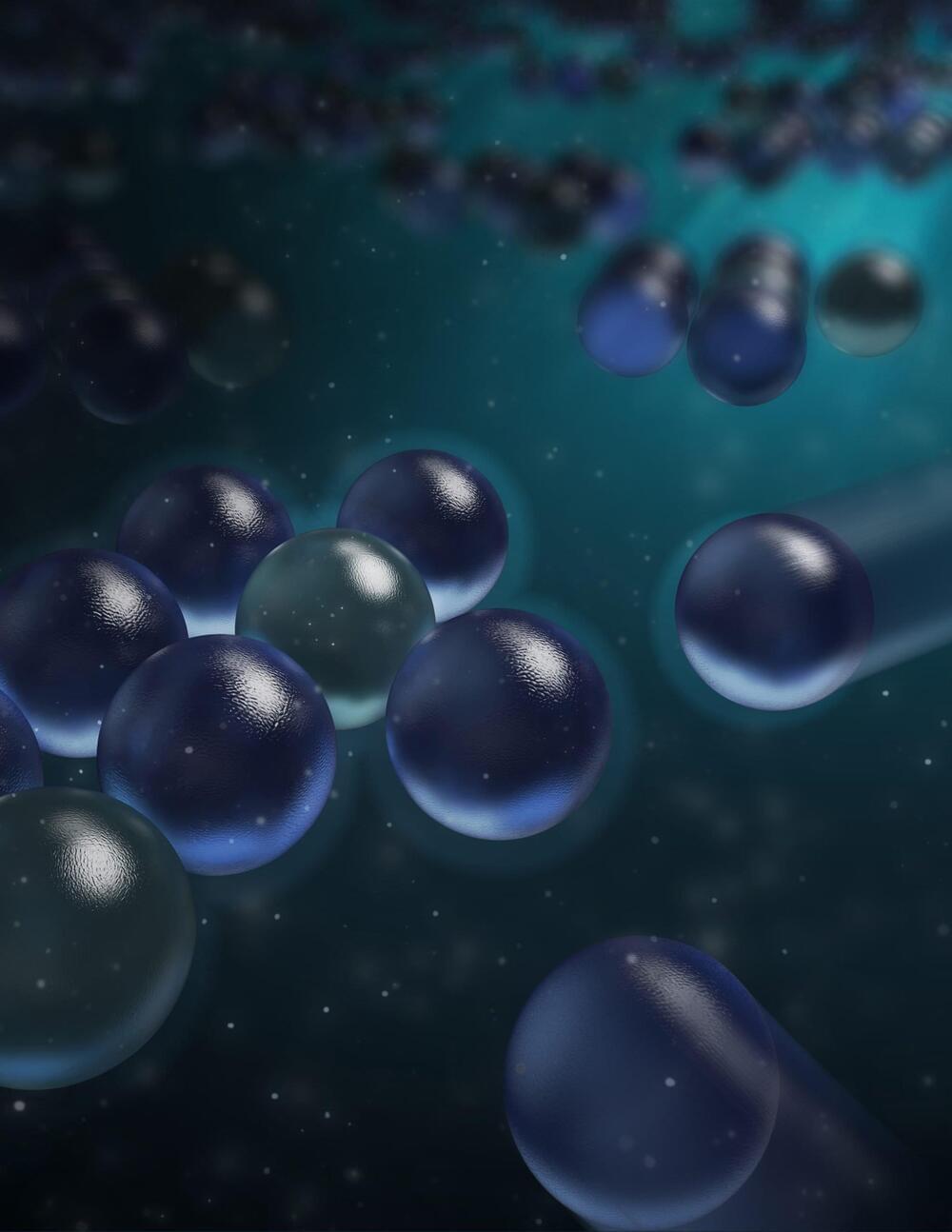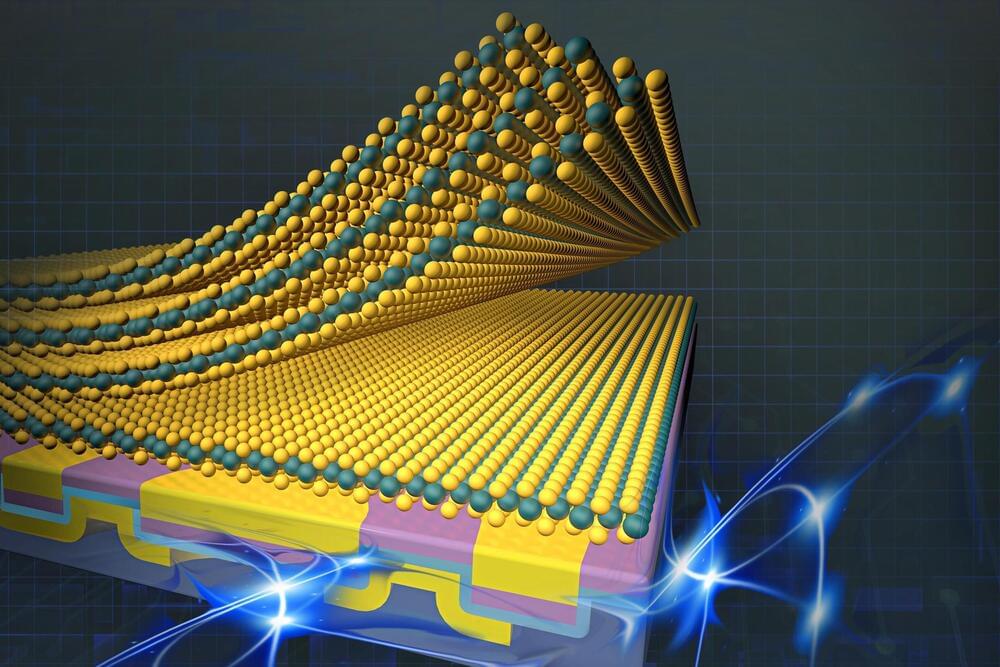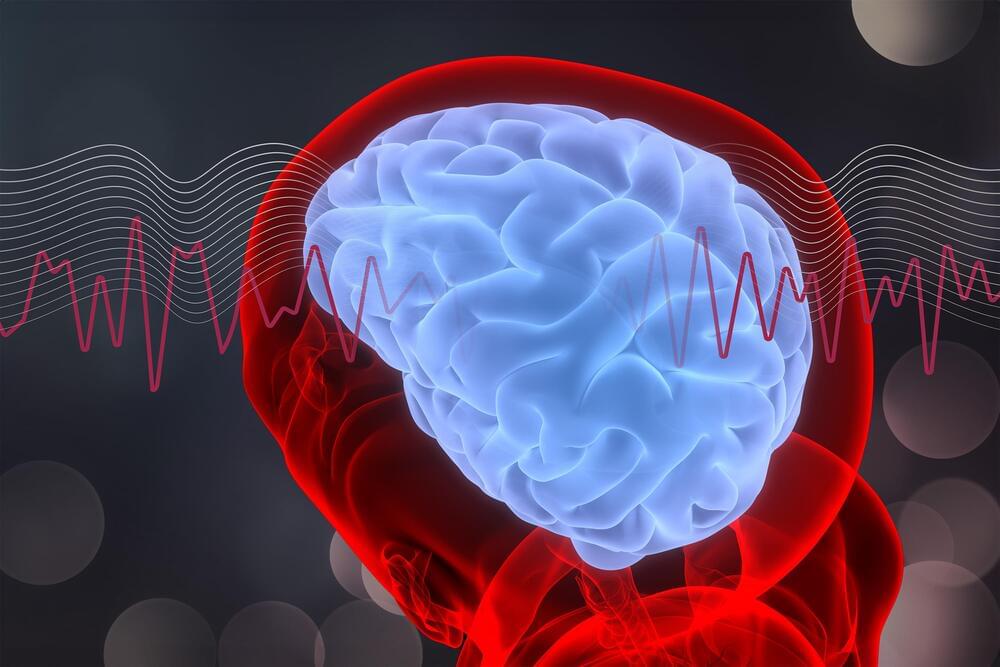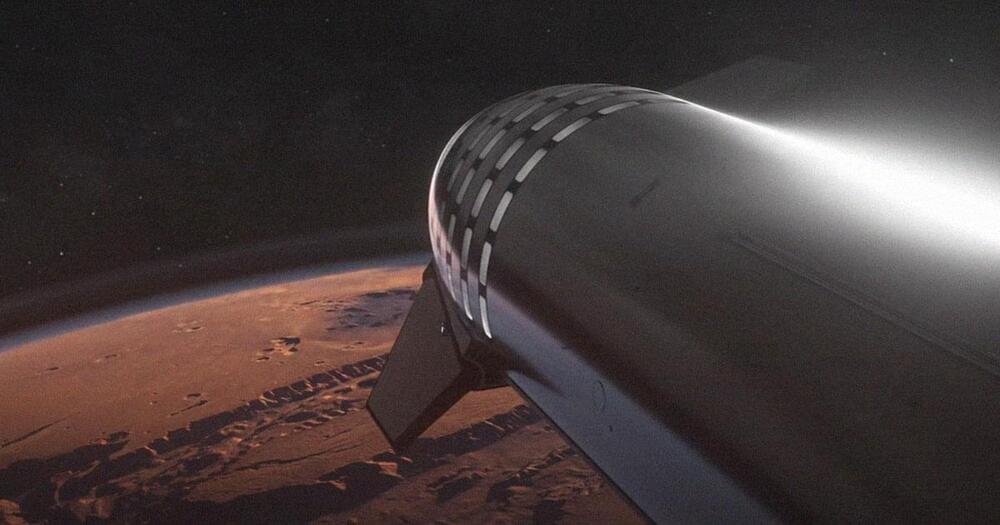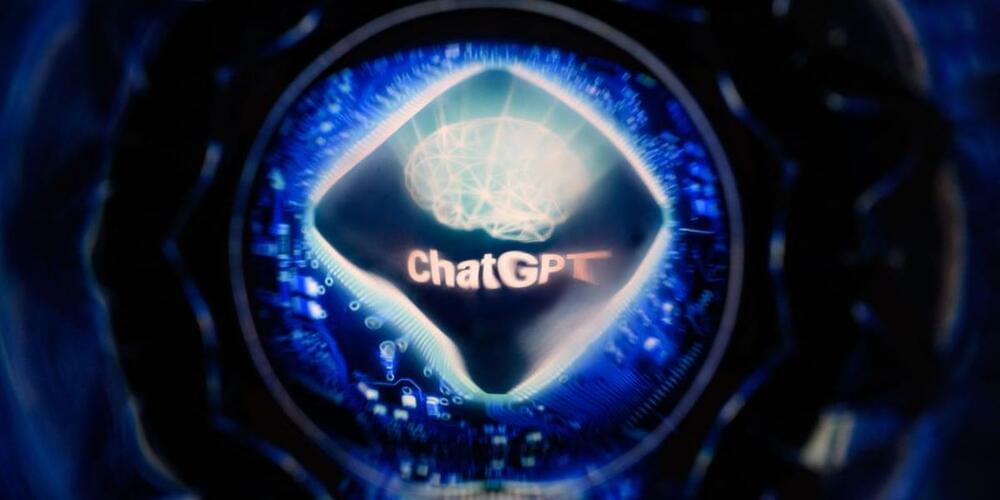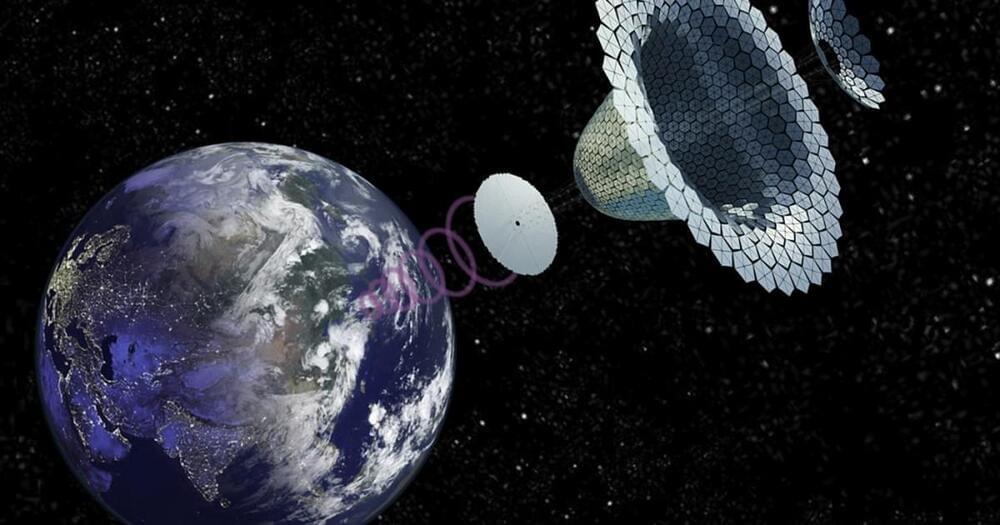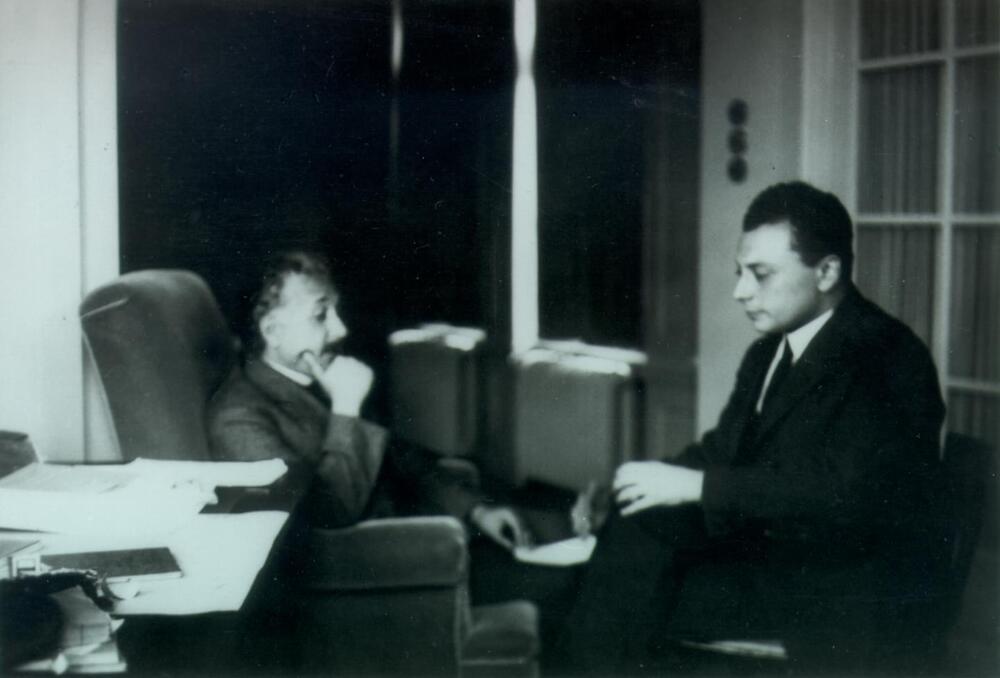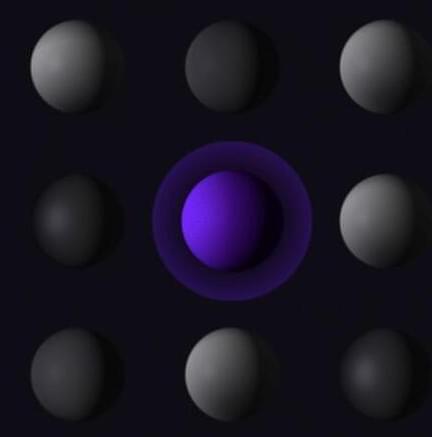Astronomers can use supercomputers to simulate the formation of galaxies from the Big Bang 13.8 billion years ago to the present day. But there are a number of sources of error. An international research team, led by researchers in Lund, has spent a hundred million computer hours over eight years trying to correct these.
The last decade has seen major advances in computer simulations that can realistically calculate how galaxies form. These cosmological simulations are crucial to our understanding of where galaxies, stars, and planets come from. However, the predictions from such models are affected by limitations in the resolution of the simulations, as well as assumptions about a number of factors, such as how stars live and die and the evolution of the interstellar medium.
Collaborative Efforts Enhance Accuracy
